Du Xu
Senior Member, IEEE
Effective Intrusion Detection in Highly Imbalanced IoT Networks with Lightweight S2CGAN-IDS
Jun 06, 2023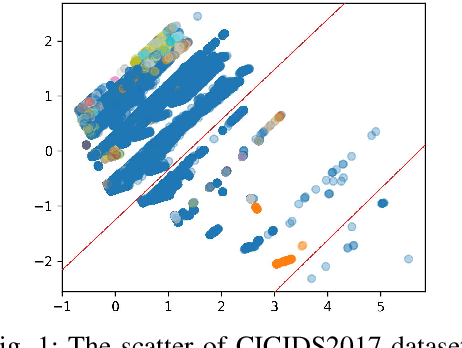
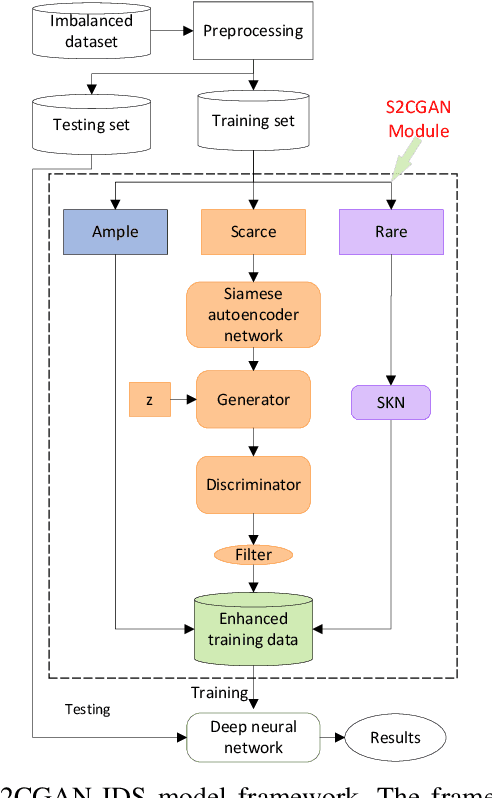
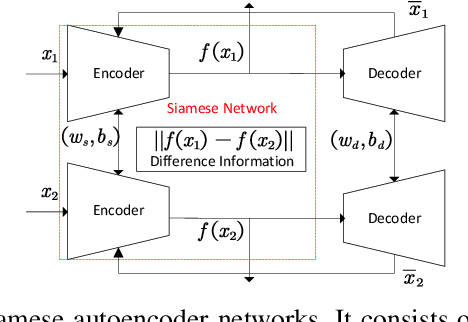
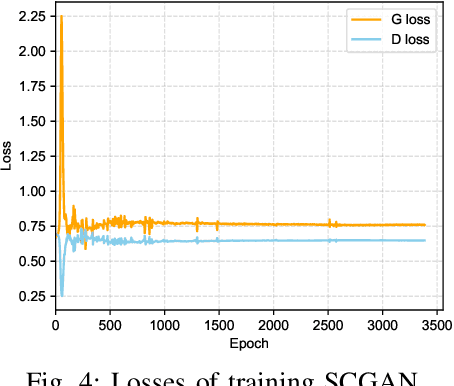
Abstract:Since the advent of the Internet of Things (IoT), exchanging vast amounts of information has increased the number of security threats in networks. As a result, intrusion detection based on deep learning (DL) has been developed to achieve high throughput and high precision. Unlike general deep learning-based scenarios, IoT networks contain benign traffic far more than abnormal traffic, with some rare attacks. However, most existing studies have been focused on sacrificing the detection rate of the majority class in order to improve the detection rate of the minority class in class-imbalanced IoT networks. Although this way can reduce the false negative rate of minority classes, it both wastes resources and reduces the credibility of the intrusion detection systems. To address this issue, we propose a lightweight framework named S2CGAN-IDS. The proposed framework leverages the distribution characteristics of network traffic to expand the number of minority categories in both data space and feature space, resulting in a substantial increase in the detection rate of minority categories while simultaneously ensuring the detection precision of majority categories. To reduce the impact of sparsity on the experiments, the CICIDS2017 numeric dataset is utilized to demonstrate the effectiveness of the proposed method. The experimental results indicate that our proposed approach outperforms the superior method in both Precision and Recall, particularly with a 10.2% improvement in the F1-score.
Deep Reinforcement Learning and Permissioned Blockchain for Content Caching in Vehicular Edge Computing and Networks
Nov 19, 2020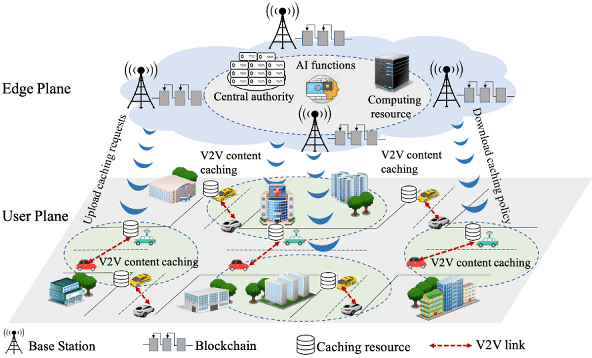

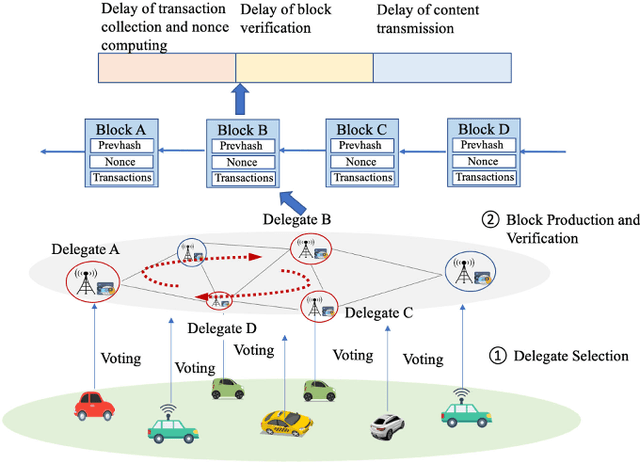
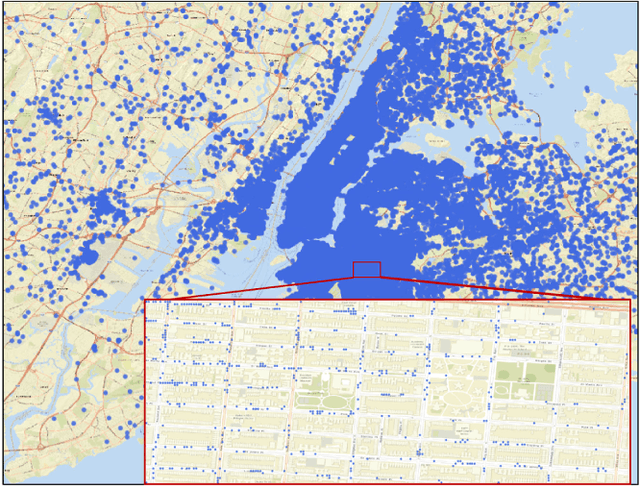
Abstract:Vehicular Edge Computing (VEC) is a promising paradigm to enable huge amount of data and multimedia content to be cached in proximity to vehicles. However, high mobility of vehicles and dynamic wireless channel condition make it challenge to design an optimal content caching policy. Further, with much sensitive personal information, vehicles may be not willing to caching their contents to an untrusted caching provider. Deep Reinforcement Learning (DRL) is an emerging technique to solve the problem with high-dimensional and time-varying features. Permission blockchain is able to establish a secure and decentralized peer-to-peer transaction environment. In this paper, we integrate DRL and permissioned blockchain into vehicular networks for intelligent and secure content caching. We first propose a blockchain empowered distributed content caching framework where vehicles perform content caching and base stations maintain the permissioned blockchain. Then, we exploit the advanced DRL approach to design an optimal content caching scheme with taking mobility into account. Finally, we propose a new block verifier selection method, Proof-of-Utility (PoU), to accelerate block verification process. Security analysis shows that our proposed blockchain empowered content caching can achieve security and privacy protection. Numerical results based on a real dataset from Uber indicate that the DRL-inspired content caching scheme significantly outperforms two benchmark policies.
 Add to Chrome
Add to Chrome Add to Firefox
Add to Firefox Add to Edge
Add to Edge